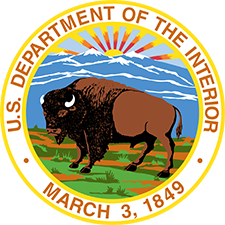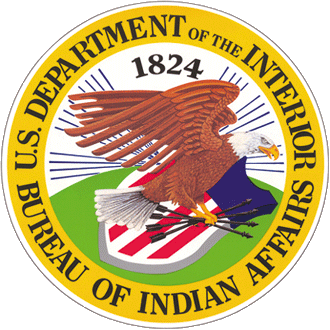What Is Web Accessibility?
Web accessibility means making websites easy for everyone to use—including people with disabilities. This includes making sure content is:
- Easy to see and hear
- Easy to use with a keyboard or other tools
- Easy to understand
- Strong and reliable across different devices
We follow the Web Content Accessibility Guidelines (WCAG) to help make our websites work for all users.
Why It Matters
Accessibility gives everyone equal access to information and services. It helps people with disabilities use websites—and it also makes sites easier for everyone.
Making your site accessible:
- Improves the experience for all users
- Shows that we care about fairness and inclusion
- Helps us reach more people
What You Need to Do
The Office of Information Technology (OIT) requires all Indian Affairs web content to be accessible when it is posted or shared on IndianAffairs.gov.
This means:
- All documents must be accessible
- Accessibility must be checked before publishing


